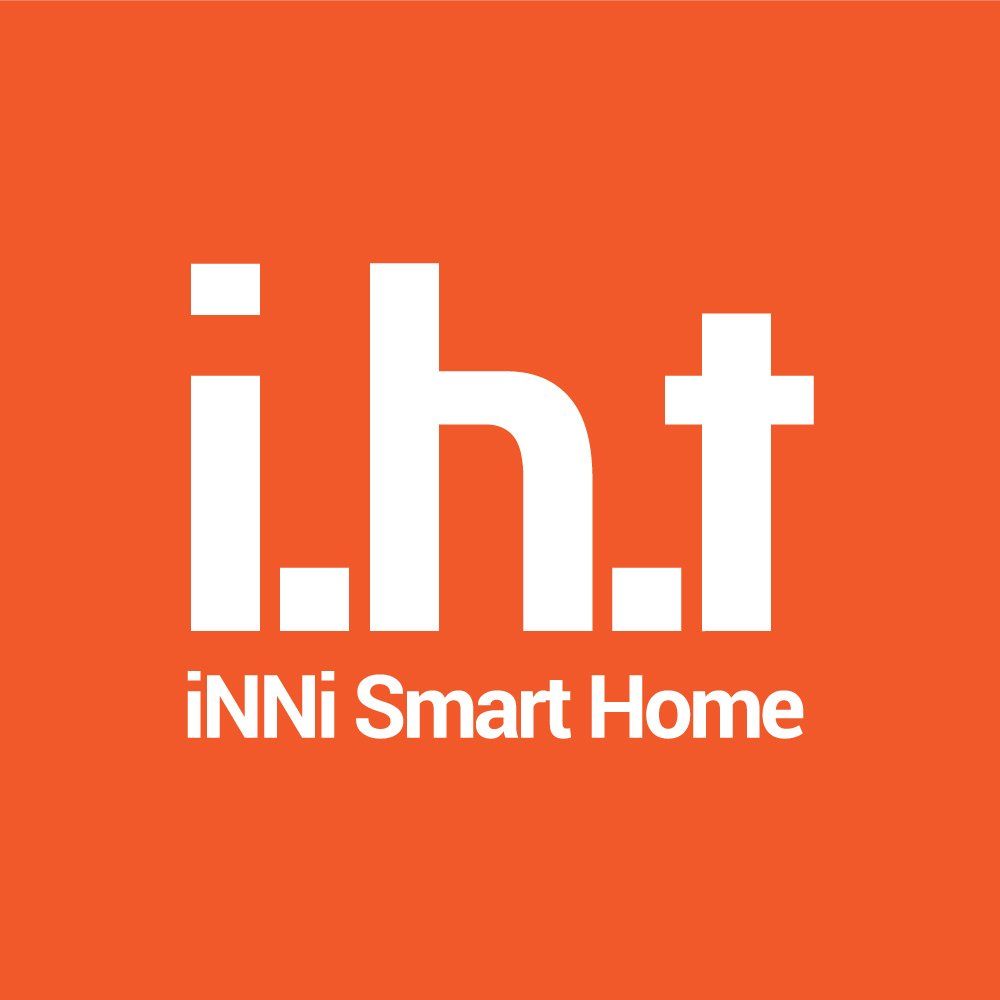Zigbee is a wireless technology developed as an open global standard to address the unique needs of low-power wireless IoT networks. The Zigbee standard operates on the IEEE 802.15.4 physical radio specification and operates in unlicensed bands including 2.4 GHz, 900 MHz and 868 MHz.
The Zigbee Advantage
The Zigbee 3.0 protocol is designed to communicate data through noisy RF environments that are common in commercial and industrial applications. Version 3.0 builds on the existing Zigbee standard but unifies the market-specific application profiles to allow all devices to be wirelessly connected in the same network, irrespective of their market designation and function. Furthermore, a Zigbee 3.0 certification scheme ensures the interoperability of products from different manufacturers. Connecting Zigbee 3.0 networks to the IP domain opens up monitoring and control from devices such as smartphones and tablets on a LAN or WAN, including the Internet, and brings the true Internet of Things to fruition.
Zigbee protocol features include:
Support for multiple network topologies such as point-to-point, point-to-multipoint and mesh networks
Low duty cycle – provides long battery life
Low latency
Direct Sequence Spread Spectrum (DSSS)
Up to 65,000 nodes per network
128-bit AES encryption for secure data connections
Collision avoidance, retries and acknowledgements
The Zigbee 3.0 software stack incorporates a ‘base device’ that provides consistent behaviour for commissioning nodes into a network. A common set of commissioning methods is provided, including Touchlink, a method of proximity commissioning.
Zigbee 3.0 provides enhanced network security. There are two methods of security that give rise to two types of network:
Centralized security: This method employs a coordinator/trust centre that forms the network and manages the allocation of network and link security keys to joining nodes.
Distributed security: This method has no coordinator/trust centre and is formed by a router. Any Zigbee router node can subsequently provide the network key to joining nodes.
Nodes adopt whichever security method is used by the network they join. Zigbee 3.0 supports the increasing scale and complexity of wireless networks, and copes with large local networks of greater than 250 nodes. Zigbee also handles the dynamic behavior of these networks (with nodes appearing, disappearing and re-appearing in the network) and allows orphaned nodes, which result from the loss of a parent, to re-join the network via a different parent. The self-healing nature of Zigbee Mesh networks also allows nodes to drop out of the network without any disruption to internal routing.
The Smart Energy profile is also compatible with Zigbee 3.0 at the functional level, but Smart Energy has additional security requirements that are only addressed within the profile.
Zigbee’s Over-The-Air (OTA) upgrade feature for software updates during device operation ensures that applications on devices already deployed in the field can be seamlessly migrated to Zigbee 3.0. OTA upgrade is an optional functionality that manufacturers are encouraged to support in their Zigbee products.
Mesh Networks
A key component of the Zigbee protocol is the ability to support mesh networking. In a mesh network, nodes are interconnected with other nodes so that multiple pathways connect each node. Connections between nodes are dynamically updated and optimized through sophisticated, built-in mesh routing table.
Mesh networks are decentralized in nature; each node is capable of self-discovery on the network. Also, as nodes leave the network, the mesh topology allows the nodes to reconfigure routing paths based on the new network structure. The characteristics of mesh topology and ad-hoc routing provide greater stability in changing conditions or failure at single nodes.


